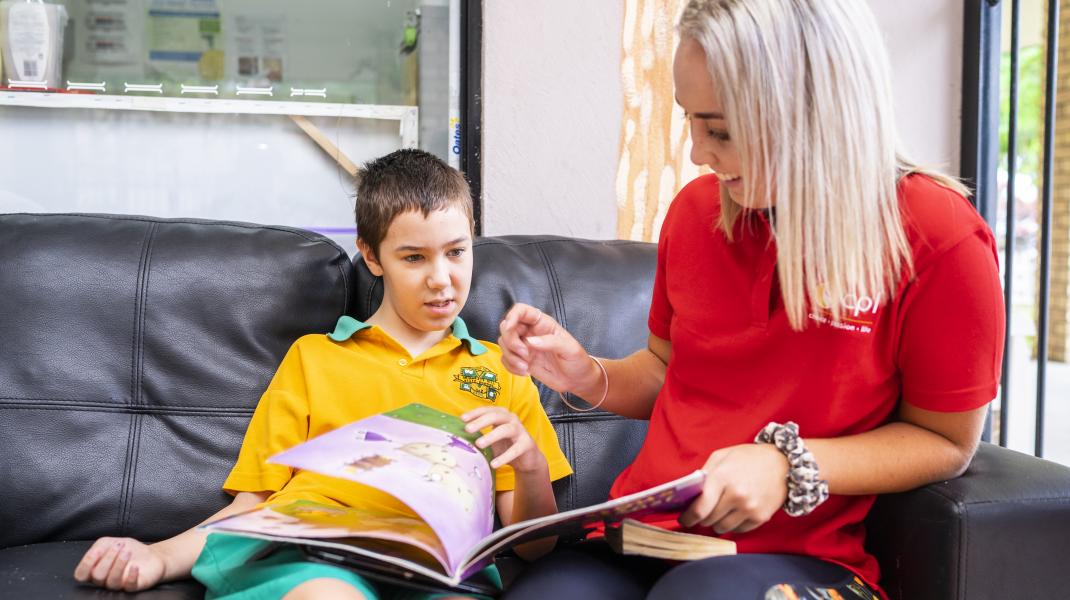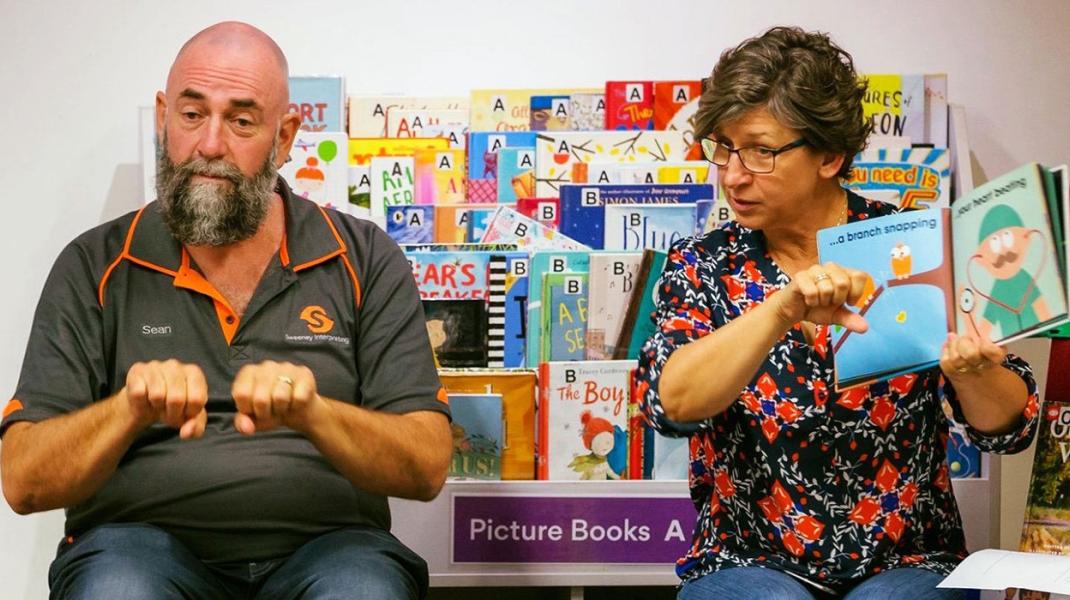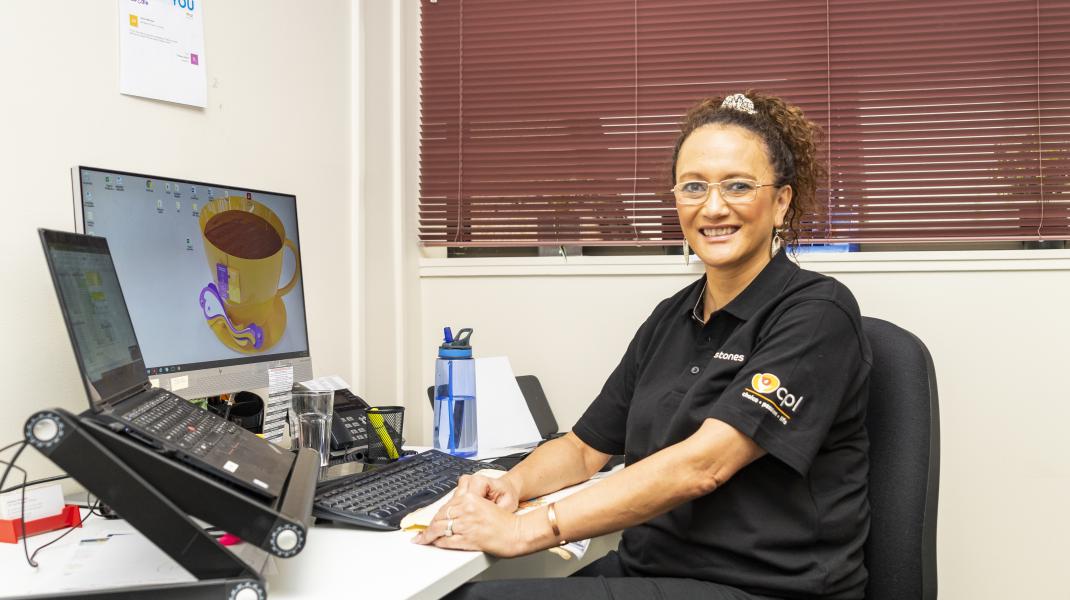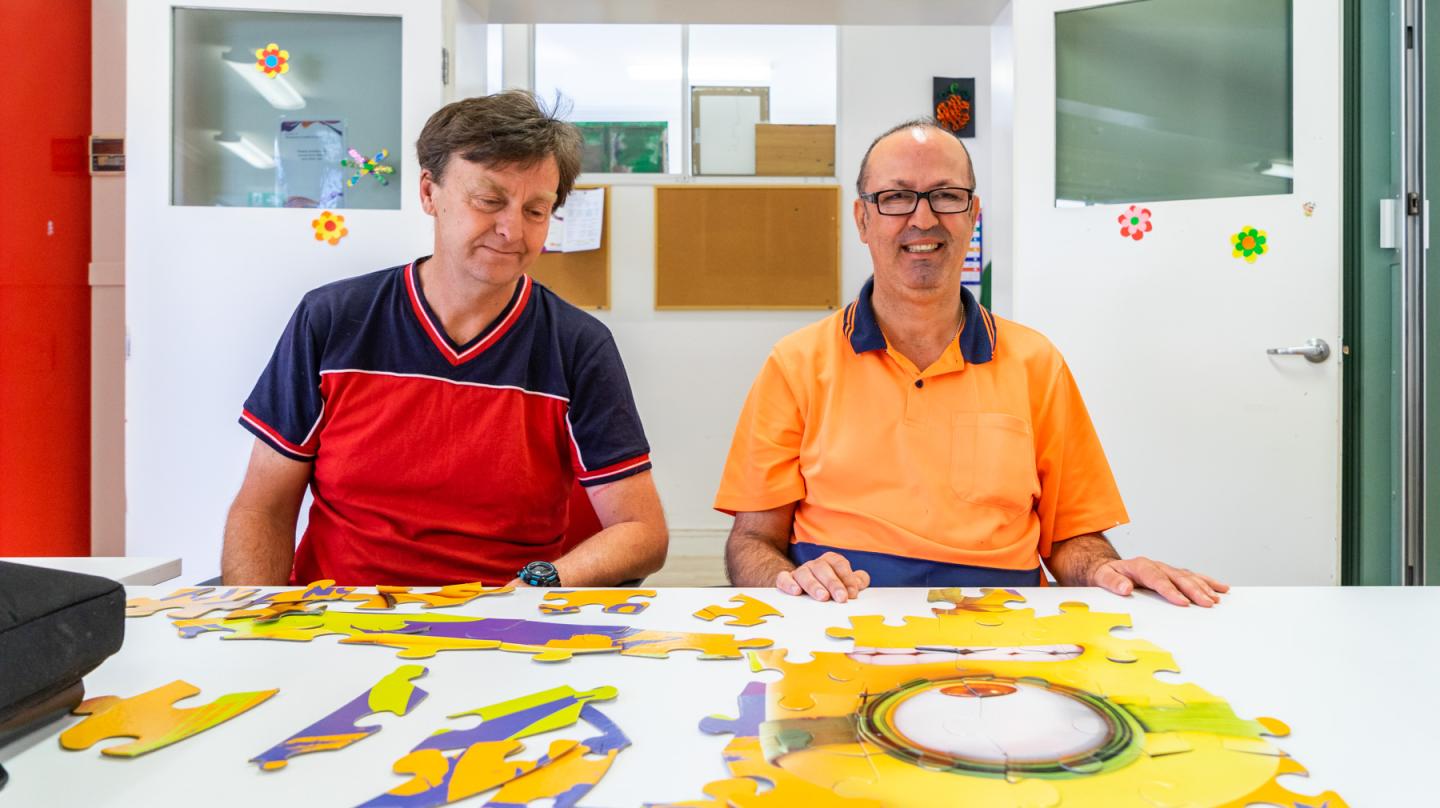
Understanding hearing loss
There are varying degrees of hearing loss, with some people experiencing mild to profound loss of hearing (hard of hearing), and others a complete loss of hearing (d/Deaf). A diagnosis is required to ascertain the severity of the hearing loss. There are different types of hearing impairment: conductive hearing loss, sensorineural hearing loss, and a mixed hearing impairment combining the former types.
Facts about hearing loss
- One in six Australians currently experience hearing loss
- There is now a wide range of modern hearing aids and technology to assist with hearing, although only one-in-five Australians who could benefit from a hearing aid actually use one.
- The National Accreditation Authority for Translators and Interpreting has stated that Auslan interpreting is third highest language provision behind Arabic and Mandarin (Chinese) languages in Australia.
- Auslan variations occur due to regions, social groups, age, gender, education [both access to and lack of], family backgrounds and ethnicity.
References:
What causes hearing loss?
There are many reasons why people can be born deaf or experience hearing loss, including:
- exposure to loud noise (working environment or a war zone)
- some medicines and medical conditions
- abnormal growth of the tiny bones in the middle ear
- damage or malfunction of the cochlear in the inner ear
- problems with the nerve between the cochlear and the brain
- as a person ages
Workplace modifications
To ensure your needs are met in the workplace we may discuss with you and your employer the following adaptions:
- use of an interpreter either in person or through the National Relay service or Video Relay Service
- use of written communication like email, paper and pen, message boards, computer tablets
- adaptions to work space so you are facing colleagues or entry ways
- use of instant messaging rather than voice calls
Specialised technology to support you at work can include
- use of captioning and Realtime Captioning
- amplification systems
- visual alerts and/or paging devices
- assistive listening systems (FS Systems)
- induction loops
Reference: Job Access
What is the difference between deaf, Deaf, hearing impaired and hard of hearing?
The deaf and hard of hearing community is diverse. There are variations in how a person becomes deaf or hard of hearing, as well as their level of hearing, age of onset, educational background, and communication methods. These affect how people who experience hearing loss identify.
Here are some of the different terminologies and identifiers used within the deaf and hard of hearing community:
- Deaf (with a capitalised D) is used to describe those who use Auslan (Australian Sign Language) to communicate, and who identify as members of the signing Deaf community.
These people may also identify themselves as "culturally Deaf." They are more likely to have been born deaf or become deaf early in life.
- deaf (with a small d) is a more general term used to describe the physical condition of not hearing, and also to describe people who are physically deaf but do not identify as members of the signing Deaf community.
- Hard of hearing is the term that Deaf Australia now uses to describe those who have acquired a hearing loss in late childhood or adulthood, or who have a mild or moderate hearing loss. These people usually communicate using speech, lip-reading and residual hearing (often amplified by hearing aids).
- Hearing impaired is used by many people as their preferred alternative term for "hard of hearing".
References:

Meet the man saving lives with sign
Language gives you confidence, identity and culture and when you have those three things in order you become a better person.

Contact us
Give us a call on 1300 635 627 to discuss your employment goals with our Mylestones team, or send an online enquiry and we'll be in touch.


